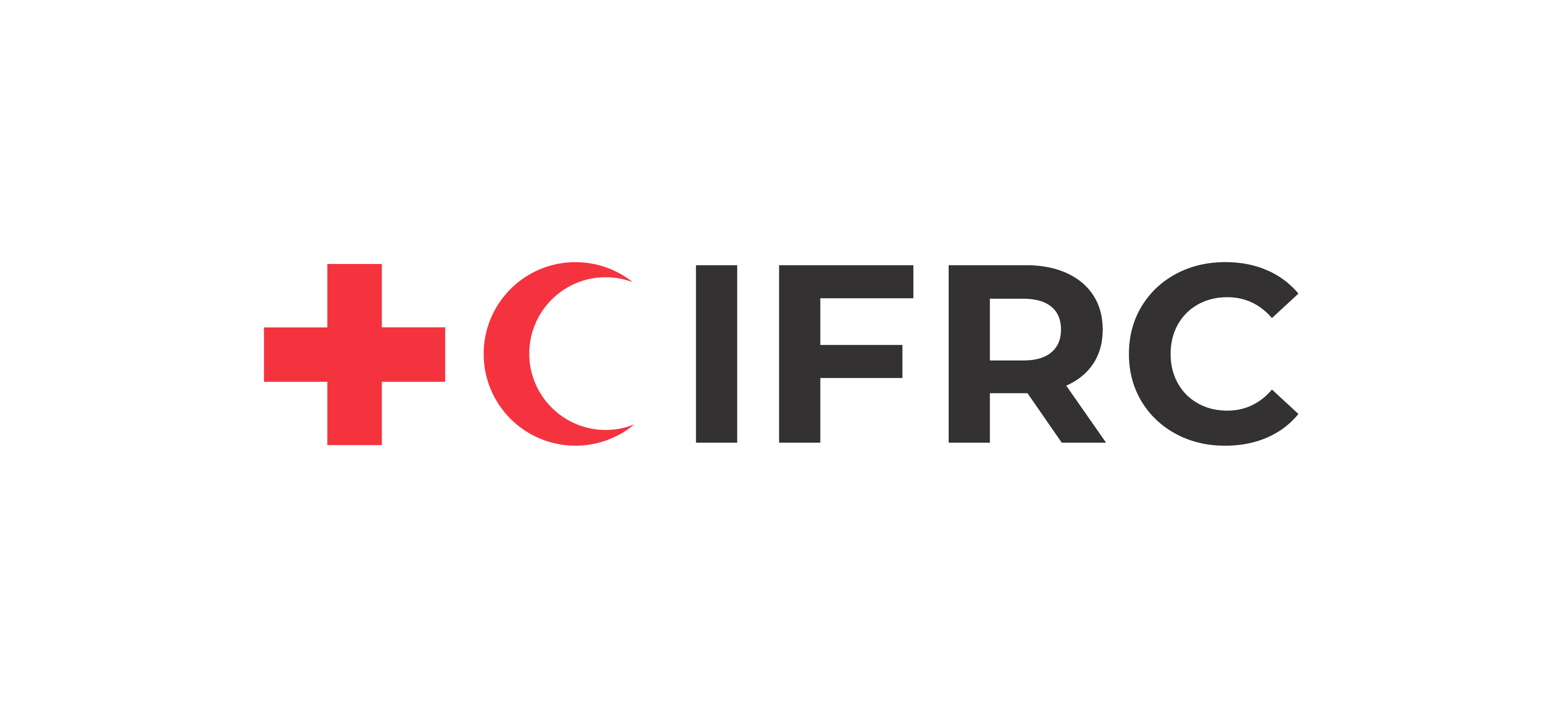A step-by-step guide to using mapping tools in EVCA

What is it?
Mapping is a way to visualize the resources, vulnerabilities and hazards in a community. Maps can be used to identify locations with exposure to hazards such as areas prone to floods or health hazards, indicating which groups and infrastructure such as health clinics, schools, houses are vulnerable, as well as map out location of resources and services (e. g. shops and businesses, clinics, schools, markets) that are capacities within the community. Maps facilitate communication and stimulate discussion, help people to understand complex spatial relationships and allow visual comparison of information.
Use it to…
Learn how to do mapping
Want to go more in depth?
Explore how to include new aspects into mapping
© International Federation of the Red Cross and Red Crescent Societies 2018